Drone officially presented during an event in the field organized in the Bologna area by the Agricultural Consortiums of Italy last 22 September.
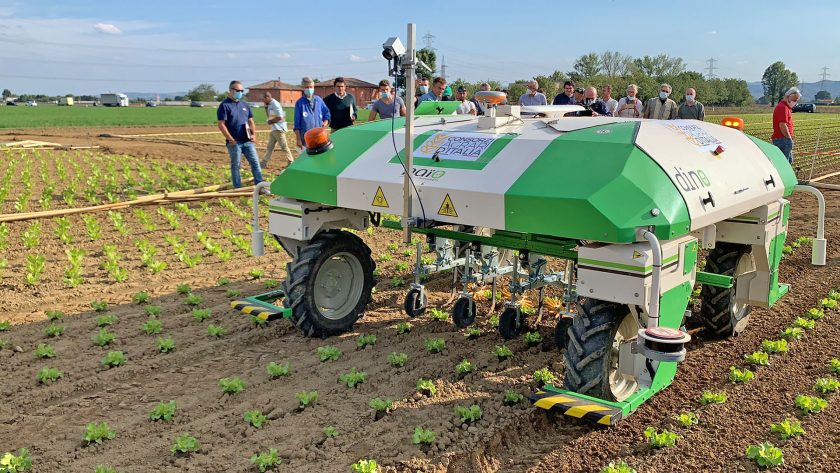
Talking about innovation is easy, doing it a little less concretely and very difficult to get it on the market. To confirm, the extent of the advanced diffusion in the agricultural field of the most recent digital technologies compared with that of flying dronesand not. In both cases a lot of enthusiasm but little willingness to invest. Until the government linked the granting of important economic benefits to the presence of digital technologies. At that point they became an indispensable content regardless of any specific intention of use. It is true, however, that when a new technology materializes in the end, it ends up exploiting it. Therefore, the government has done well to link the granting of loans to technological growth in car fleets. Dino: agri-robot tool holder
Towards the robotization of activities in the field
The situation is different for robots and drones , divorced from direct and immediate economic aid. They are seen by the sector as interesting proposals, but it does not appear that companies are queuing up to acquire them. So there is a lot of talk about it, but few pieces are sold, a risk that, however, it is probable that Dino will not run , an autonomous tool holder made by the French company Naio Technologies and now also available on the Italian market thanks to the joint action of the Agrico and Italian Tractor .
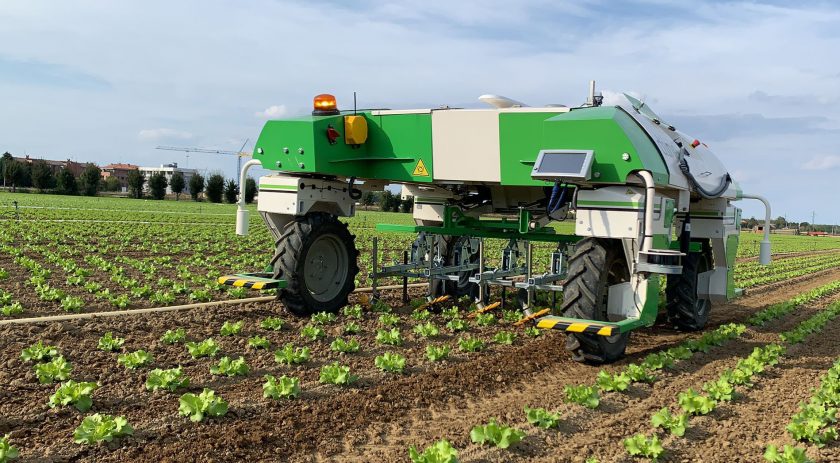
The first, located in Milan, has been operating in the agricultural sector since 1977 as a specialized distributor of agro-pharmaceuticals recently opened to agro-robotics. Italian Tractor, on the other hand, is an investee company of Agricultural Consortiums of Italy . Created with the aim of providing agricultural organizations with technologically advanced services and solutions as well as guaranteed in functional terms. Consistent with these objectives, the distribution and assistance of Dino , a machine little known in Italy, but which has already proved to be a reliable solution abroad, capable of merging the most recent environmental protection requirements that pervade the sector with the reduction of costs. of production. Dino: agri-robot tool holder
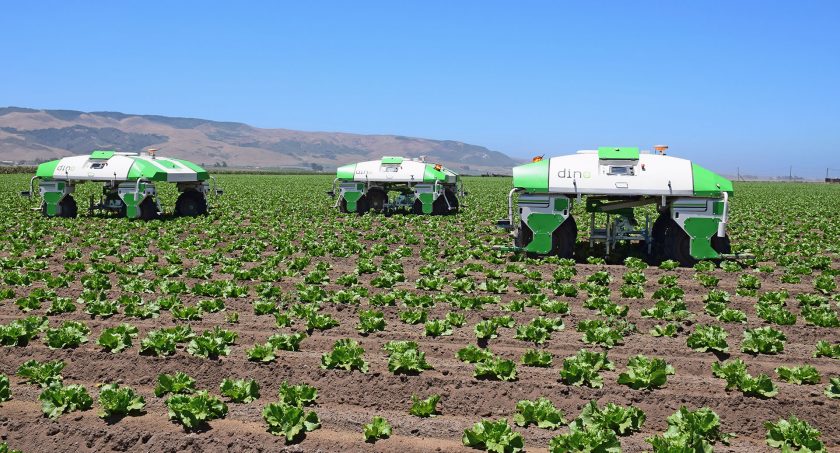
It cuts down on labor costs
The main peculiarities of Dinothey are in fact inherent in its form of all-electric propulsion. Therefore free from local emissions and in the ability to operate in a continuous cycle, with machine stops limited to recharging the accumulators when exhausted. In fact, a robot that, although not operating at high speed, moves at four kilometers / hour, is able to work 24 hours a day, covering areas of four hectares with a single recharge and with zero labor costs. The low weight, 12 quintals, also does not give rise to harmful and costly soil compaction. In the face of a working precision that exceeds those achievable by the best operators, resulting in less than five centimeters. Both the on-board optical and proximity sensors and the gps-rtk system contribute to this performance. Supplied as standard with the robot together with the battery charger.
In favor of the machine also the possibility of customizing it in size and structures. Depending on the activities he will have to face. Without prejudice to its basic setting as a self-propelled platform suspended on trolleys operating independently both in terms of propulsion and directionality. Each wheel therefore has its own propulsion system to allow Dino to advance even on the most difficult terrain. Also orienting the propulsion in the most suitable direction to favor headland maneuvers. Dino: agri-robot tool holder
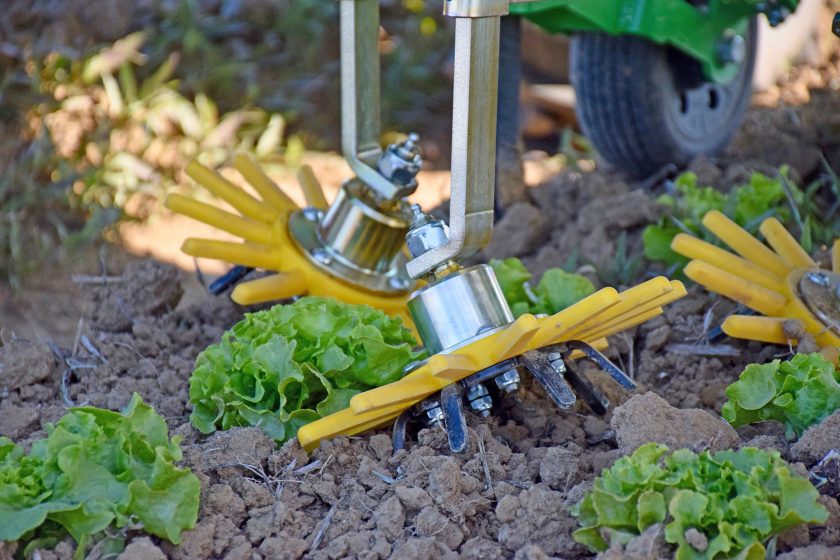
Obviously, there is no lack of the possibility to remotely control and manage Dino . Nor that of making the machine operate in swarms by implementing unified or different operations depending on the case. Designed to carry out mechanical weeding with the most diverse equipment and today offered precisely for this activity, Dino can in fact also be used to carry out fertilization, sowing or maintenance in closed environments if properly programmed and equipped.
The first in the Bolognese area
Last September 22nd Dino was officially presented in public on the occasion of an event organized in the countryside of Castenaso, near Bologna, by Agrico. In collaboration with the Agricultural Consortiums of Italy and the Plant Production Research Center. Equipped with a rotor weeding system, it worked on lettuce making passes and returns without the slightest uncertainty.
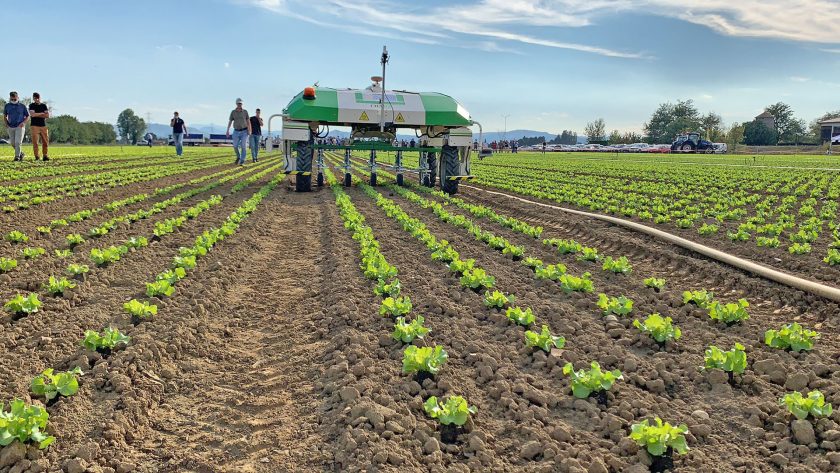
He therefore confirmed the validity of those visions that want agriculture in the near future managed by machines operating on the basis of industrial production concepts. Taking advantage of concrete data and analysis rather than on the experience and intuition of the farmer. An evolution that must certainly be managed in terms of adaptation in the light of the many small family farms operating in Italy. But it is essential to be able to give rise to those forms of intensive production essential to meet the future and increasingly important requests for food that the world population growth will induce.
Towards new forms of production
According to Ivan Cremonini, commercial director of Consorzi Agrari d'Italia , "the robots that in the future will introduce themselves in agriculture will revolutionize both the production methods and the figure of the farmer himself, assimilating it more and more to that of a technician rather than a direct operator. A professional and image growth, therefore, which will also contribute to creating jobs for those young people who will know how to make the new technologies their own.
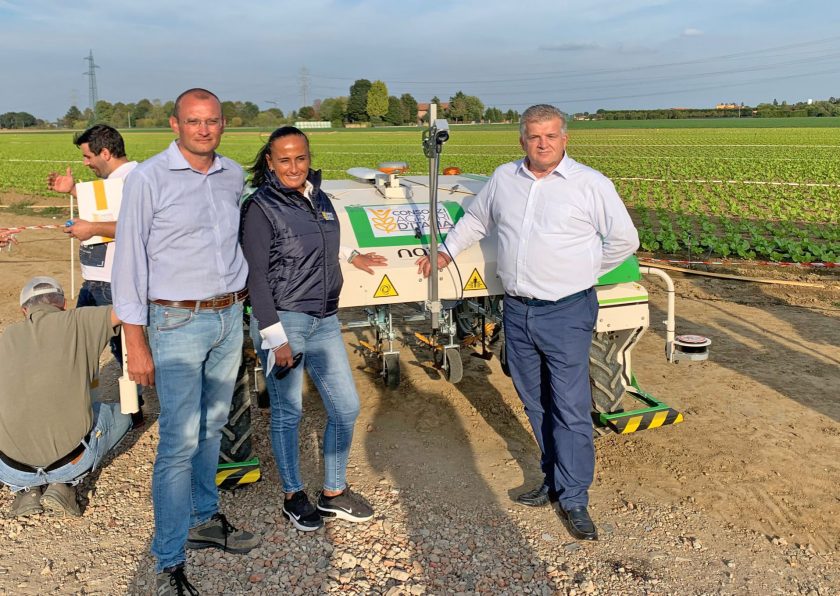
This does not mean that in order to use Dino, however, it is necessary to be a computer technician or an engineer. The programming has in fact been studied in order to make the approach to the machine as simple and intuitive as possible, nor will those who decide to make it their own will be left to themselves. The intention of Cai is in fact to contribute to the spread of an autonomous agricultural mechanization by closely supporting both local distributors and final operators and it is precisely in this perspective that the subsidiary Italian Tractor was created ".
Innovation in tradition
"The current activities advanced by the Agricultural Consortiums of Italy aimed at raising the technological level of Italian agricultural mechanization see their origins date back to 1840". This was stated by Serena Selvetti, head of Cai for the development and promotion of precision agriculture. “At the time, the Government decided to work in this direction by creating the so-called 'itinerant chairs', training stages organized in the field to let farmers touch new machines and new working methods. Our recent Bolognese event takes up this practice well, so much so that the presentation was not limited to the press or to a few technicians, but was open to a wider and heterogeneous audience that exceeded a hundred units.
In fact, a success that rewards Cai efforts aimed at proposing itself as a facilitator of innovation, a position pursued by trying to work in synergy with the Agricultural Consortia and with the final agricultural companies. The basic objective is to offer an integration between services, consultancy and resources aimed at making precision agriculture, or '4.0', a concrete and widespread reality in all agricultural areas, ranging from open fields to specialized crops passing through horticulture, greenhouse crops and nurseries without forgetting animal husbandry and forestry ".
Dino: agri-robot tool holder














